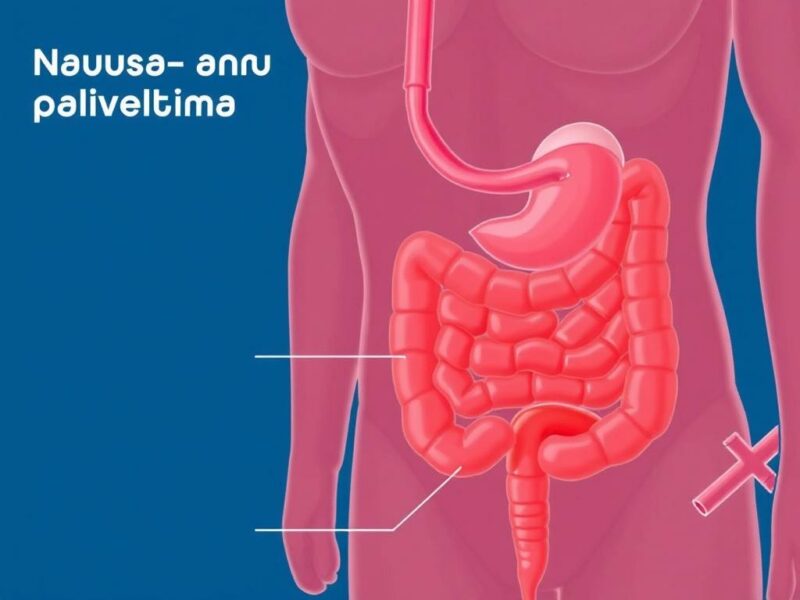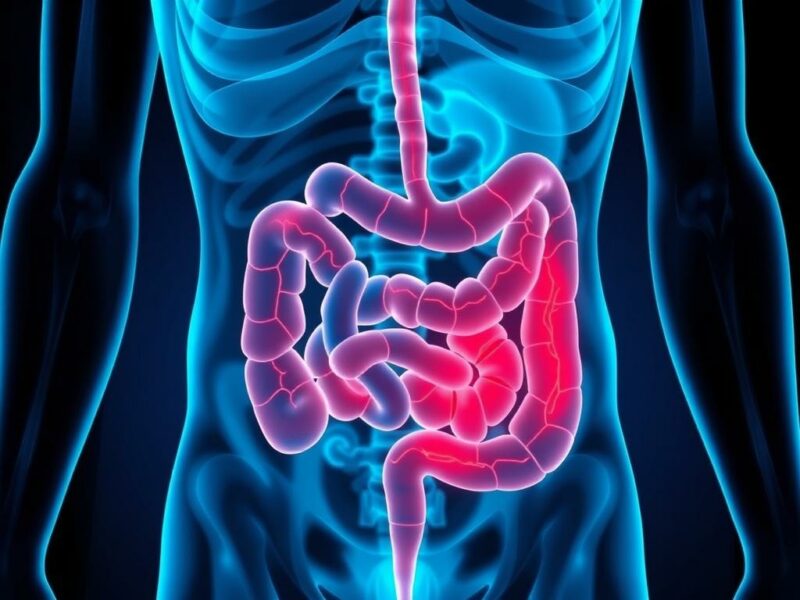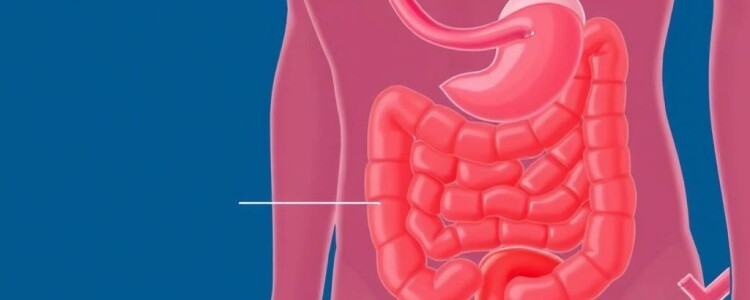When someone experiences sudden abdominal pain, nausea, and vomiting, the possibility of appendicitis often comes to mind. But why exactly do nausea and vomiting occur in appendicitis, and what makes these symptoms significant? These common yet distressing symptoms are not just random discomforts—they can provide essential clues in diagnosing and treating appendicitis. In this article, we will explore the relationship between nausea and vomiting in appendicitis, delve into the underlying causes, and discuss how they fit into the bigger picture of this medical emergency. Whether you’re a medical student, a curious reader, or someone looking to understand more about appendicitis symptoms, this detailed guide will walk you through everything you need to know in an engaging, easy-to-follow way.
What is Appendicitis?
Before diving into the details of nausea and vomiting, it’s important to grasp the basics of appendicitis itself. Appendicitis is the inflammation of the appendix, a small, tube-like structure attached to the large intestine. Though the appendix doesn’t seem to have a vital purpose, its inflammation can cause severe abdominal pain and potentially life-threatening complications if not treated promptly.
Appendicitis occurs when the appendix becomes blocked by stool, a foreign body, or swelling of lymphoid tissue. This obstruction leads to infection, inflammation, and, if untreated, rupture of the appendix. Symptoms often begin subtly but can escalate rapidly, requiring immediate medical intervention.
How Nausea and Vomiting Fit into the Symptoms of Appendicitis

One of the first signs many people with appendicitis notice is a loss of appetite, followed quickly by nausea and vomiting. These symptoms usually begin shortly after the onset of abdominal pain. They are important warning signs and offer valuable insight into the body’s response to inflammation and irritation caused by the appendix.
Vomiting, in particular, has a specific pattern in appendicitis. It often follows the onset of pain rather than preceding it, which helps differentiate appendicitis from other gastrointestinal conditions where vomiting comes first. The nausea and vomiting that accompany appendicitis are not just random occurrences—they result from the body’s nervous system reacting to the inflammation in the abdomen.
The Physiology Behind Nausea and Vomiting in Appendicitis

Understanding why nausea and vomiting happen in appendicitis requires a brief look at the body’s nervous and digestive systems. When the appendix becomes inflamed, it irritates the nearby peritoneum (the lining of the abdominal cavity) and sends signals to the brain’s vomiting center.
Here’s a simplified breakdown:
- Inflammation: The swelling and infection in the appendix irritate nerves in the abdomen.
- Nerve signal transmission: These irritated nerves send messages through the visceral afferents to the brainstem’s vomiting center.
- Response from the brain: The vomiting center triggers feelings of nausea and induces vomiting to rid the body of potential toxins or irritants.
In addition, inflammation may slow down or temporarily halt normal digestive motility—a condition known as ileus—which can also cause nausea and vomiting.
How Pain and Gastrointestinal Symptoms Interact
Pain from appendicitis usually starts near the belly button and then shifts to the lower right side of the abdomen. This pain progression often coincides with the onset of nausea and vomiting. The body’s pain response and irritation work together to create a cocktail of discomfort and sickness.
Patients often describe their symptoms starting with a dull ache, followed by sudden pain, queasiness, and then actual vomiting. This progression helps doctors pinpoint appendicitis rather than other conditions like gastroenteritis, where vomiting often comes first and pain may be more diffuse.
When to Be Concerned: Symptoms and Diagnosis
Though nausea and vomiting are common in many illnesses, their presence alongside abdominal pain in a particular pattern should raise suspicion of appendicitis. Early diagnosis is key to avoiding complications such as rupture or peritonitis.
Common Symptoms of Appendicitis
| Symptom | Description | Relation to Nausea and Vomiting |
|---|---|---|
| Abdominal pain | Starts near umbilicus, then shifts to right lower quadrant | Typically precedes vomiting and nausea |
| Nausea | Feeling of queasiness, often after onset of pain | Triggered by inflammation and nervous system response |
| Vomiting | Actual expulsion of stomach contents | Usually follows nausea and abdominal pain |
| Loss of appetite | Reduced desire to eat | Often first symptom, can lead to nausea |
| Fever | Low-grade initially | Accompanies inflammation but not directly causes vomiting |
Diagnostic Tools Incorporating Symptoms
Doctors often rely on physical exam, patient history, and imaging to confirm appendicitis. Asking specifically about nausea and vomiting can help clarify the diagnosis:
- Physical exam: Tenderness at McBurney’s point combined with patient history of vomiting after onset of pain is telling.
- Blood tests: Elevated white blood cell counts suggest infection.
- Imaging: Ultrasound and CT scans confirm inflammation and rule out other causes.
How Nausea and Vomiting Affect Patient Care
Managing nausea and vomiting in appendicitis is part of comprehensive patient care but also presents challenges. While these symptoms are distressing, they do not typically delay surgery; rather, they help determine timing and urgency.
Preoperative Care
Before surgery, controlling vomiting is important to prevent dehydration and aspiration during anesthesia. Patients are often kept NPO (nothing by mouth), given IV fluids, and may receive antiemetics (medications to prevent nausea).
Postoperative Considerations
After appendectomy (surgical removal of the appendix), nausea and vomiting may persist, especially if anesthesia or pain medications contribute. Ensuring patient comfort and preventing complications like ileus or infections require monitoring these symptoms closely.
Other Causes of Nausea and Vomiting to Consider

It is important to remember nausea and vomiting can arise from many conditions besides appendicitis. Misdiagnosis can occur if these symptoms are not evaluated in the full clinical context.
Comparison of Symptoms
| Condition | Vomiting Pattern | Associated Symptoms |
|---|---|---|
| Gastroenteritis | Vomiting often starts abruptly and may precede pain | Diarrhea, diffuse abdominal cramps |
| Gallstones | Vomiting after intense upper abdominal pain | Right upper quadrant tenderness, jaundice |
| Urinary tract infection | Sometimes with nausea but rarely with vomiting | Burning urination, frequency |
| Mesenteric ischemia | Severe abdominal pain with nausea and vomiting | Signs of shock, elderly patients |
When to Seek Medical Help
If you or a loved one experiences abdominal pain followed by nausea and vomiting, particularly if the pain migrates to the lower right abdomen, it’s essential to seek prompt medical attention. Appendicitis is a time-sensitive emergency. Identifying the early signs, including these key symptoms, can save lives.
Red Flags to Watch For
- Increasing pain intensity
- Persistent vomiting preventing hydration
- High fever with chills
- Abdominal swelling or rigidity
- Inability to pass gas or stool
Recognizing these warning signs helps ensure timely diagnosis and treatment, reducing the risk of complications such as rupture and peritonitis.
Conclusion
Nausea and vomiting in appendicitis are much more than mere annoyances—they are crucial clues that help in identifying this potentially dangerous condition. Rooted in the body’s response to inflammation and irritation inside the abdomen, these symptoms typically follow abdominal pain and contribute to the overall clinical picture that guides diagnosis and treatment. Understanding the pattern, timing, and causes of nausea and vomiting in appendicitis equips patients and healthcare providers alike to act swiftly and appropriately. Early recognition and management not only alleviate suffering but also prevent severe complications. So, the next time someone experiences that classic combination of abdominal pain, nausea, and vomiting, remember how these symptoms work together to tell a vital story about the appendix and the health of the abdomen.



